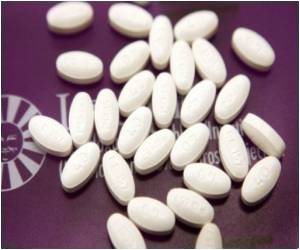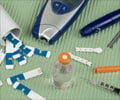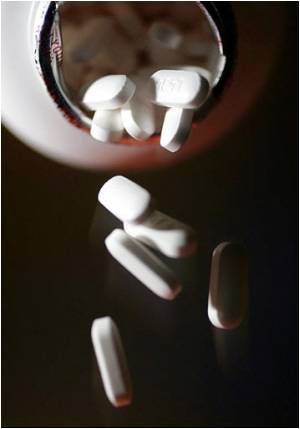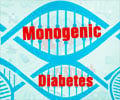
Over an average follow-up period of nearly five years, 8.4 percent of the patients developed diabetes -- 1,449 in the intensive-dose category and 1,300 in the moderate dose group -- a total of 149 more in the higher dose group.
But when the researchers examined how many patients had major cardiovascular problems after therapy, they found the higher dose statin group had 416 fewer such events (3,134 in the intensive group and 3,550 in the moderate one).
"Our findings suggest that clinicians should be vigilant for the development of diabetes in patients receiving intensive statin therapy," said the study, led by David Preiss of the University of Glasgow.
"Given the cardiovascular benefits of statins and the likely increasing use of intensive statin regimens, it is important to quantify any potential long-term risks to enable physicians and patients to make informed choices."
Statins -- which include popularly known names such as Lipitor, Pravachol, and Crestor -- are among the most widely prescribed drugs in the United States. About 42 million Americans suffer from high cholesterol.
Advertisement
Earlier this month, the US Food and Drug Administration issued a warning about high doses of the cholesterol-lowering medication simvastatin (Zocor, Vytorin, Simcor) because of an elevated risk of muscle injury associated with the 80 milligram dose, particularly in the first year of treatment.
Advertisement















